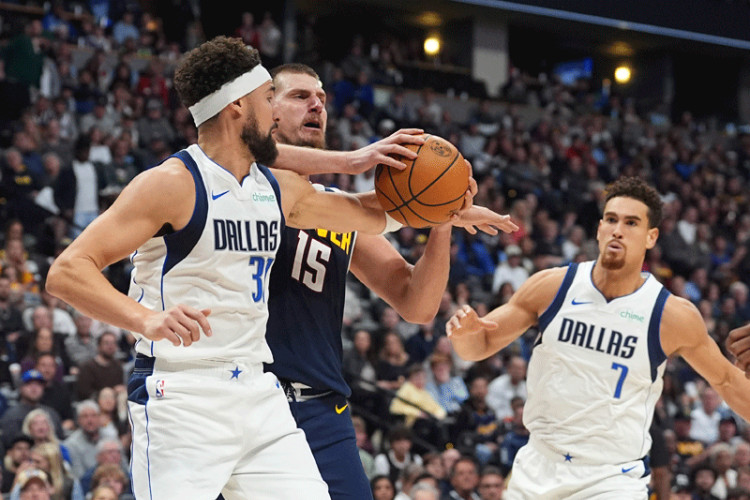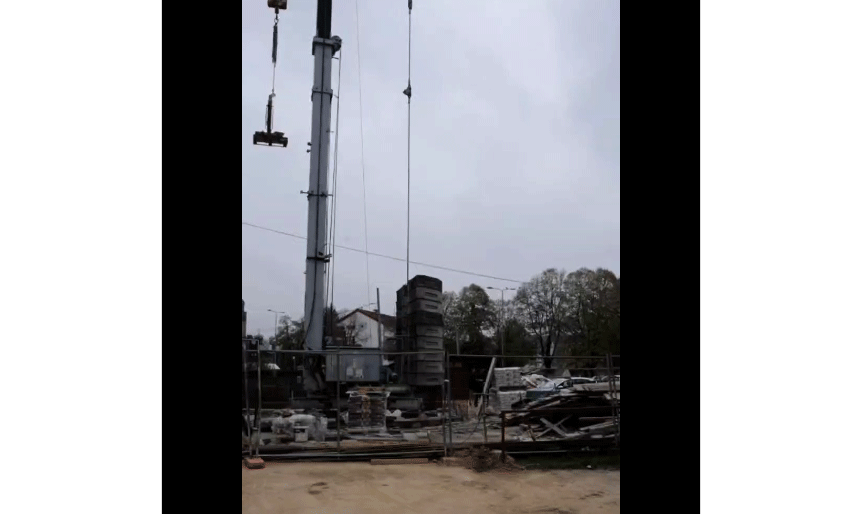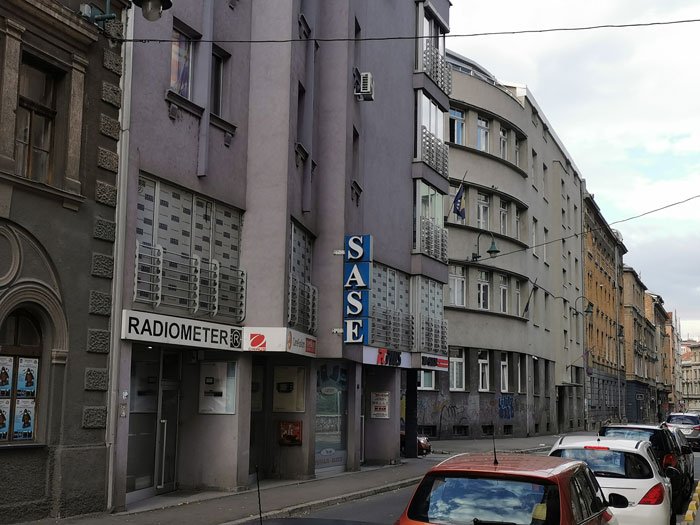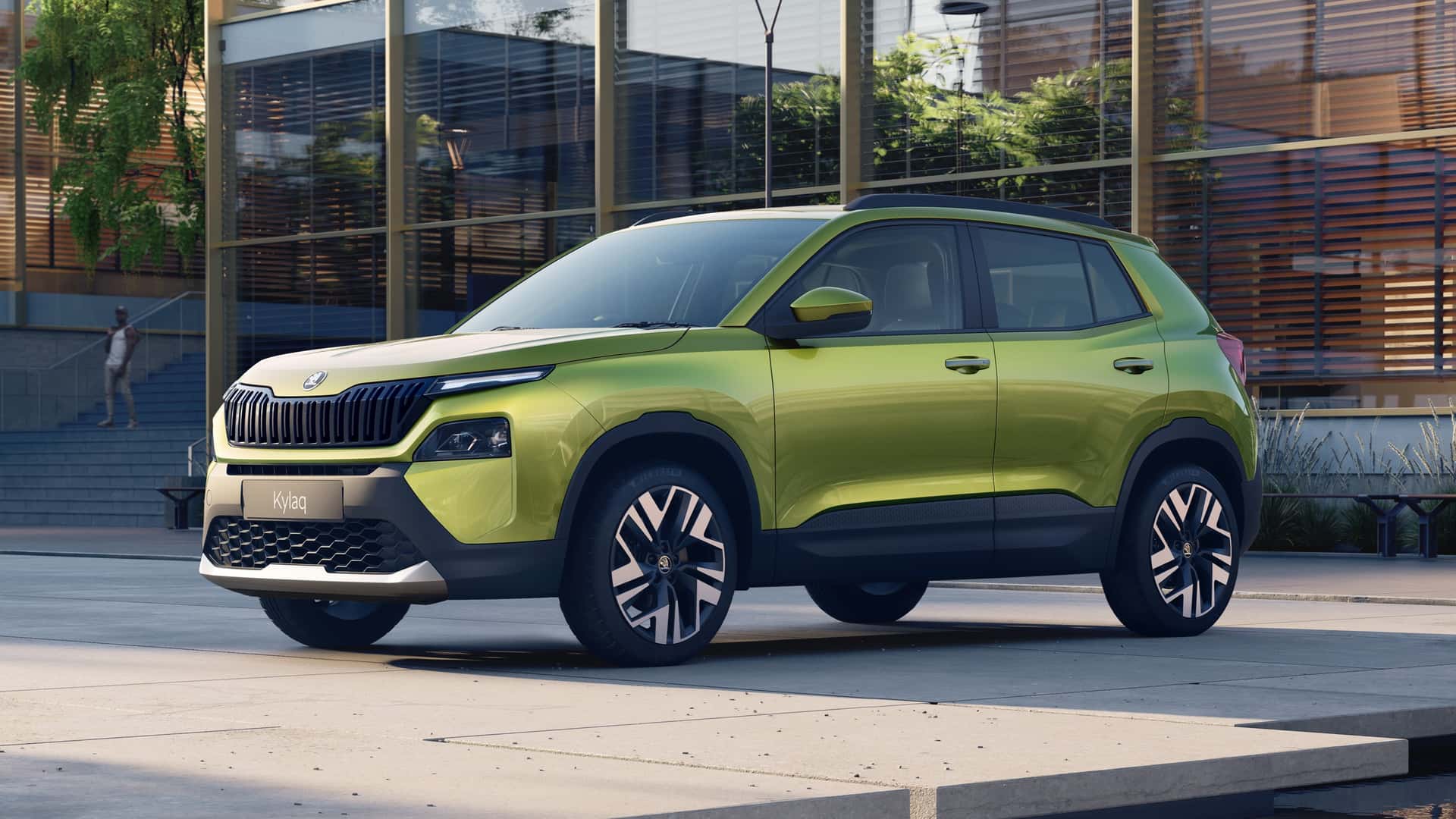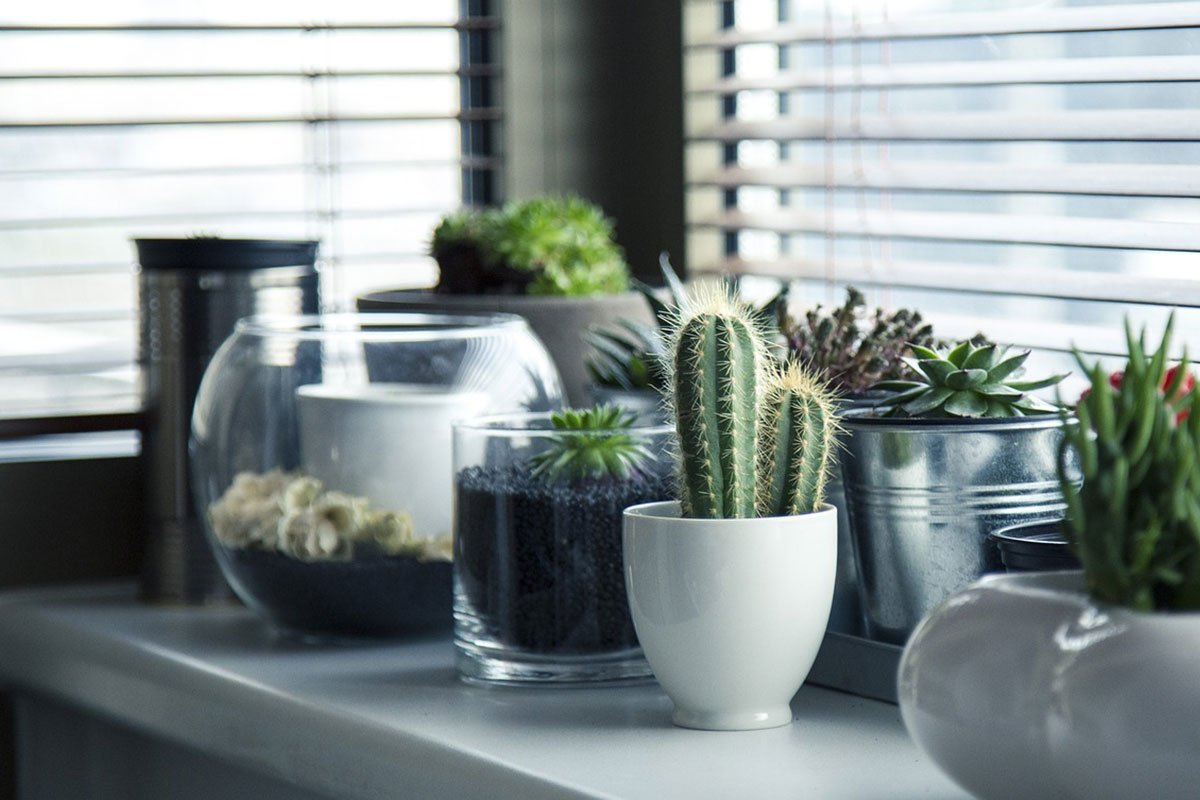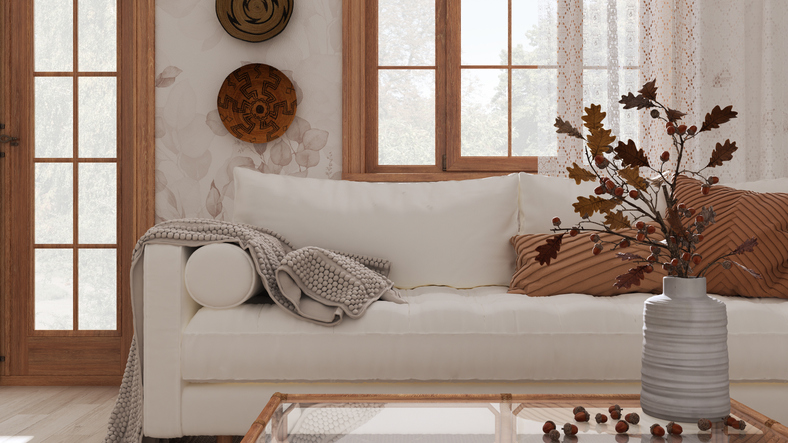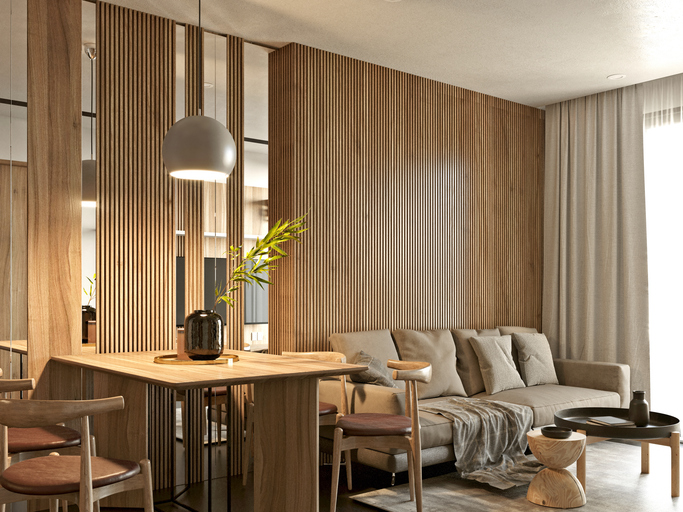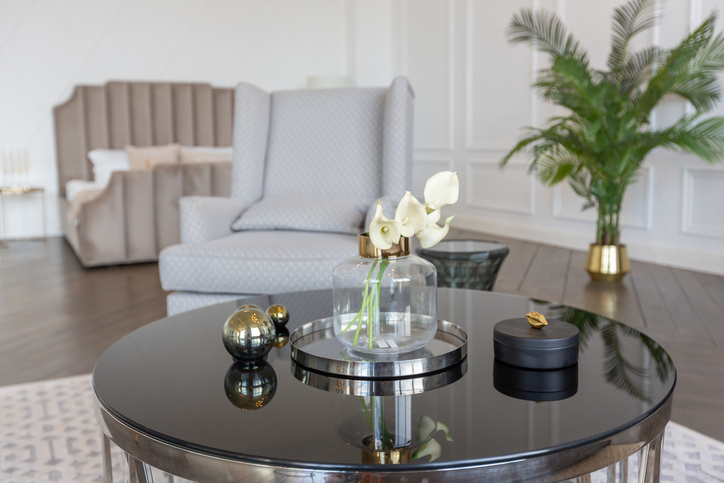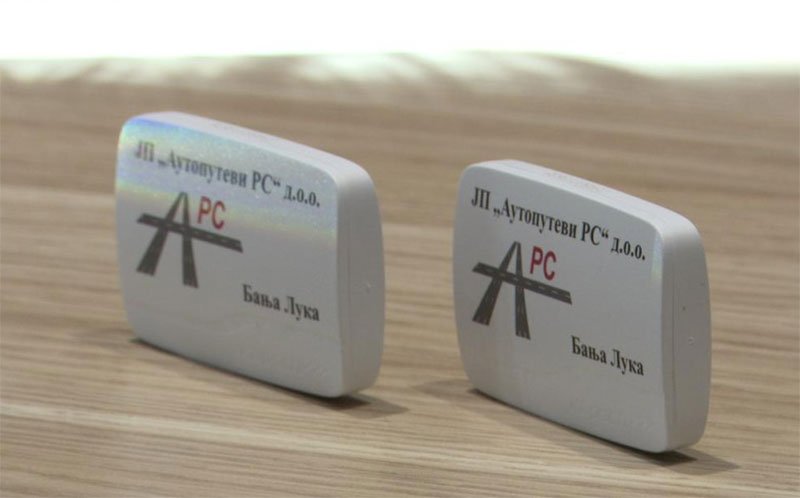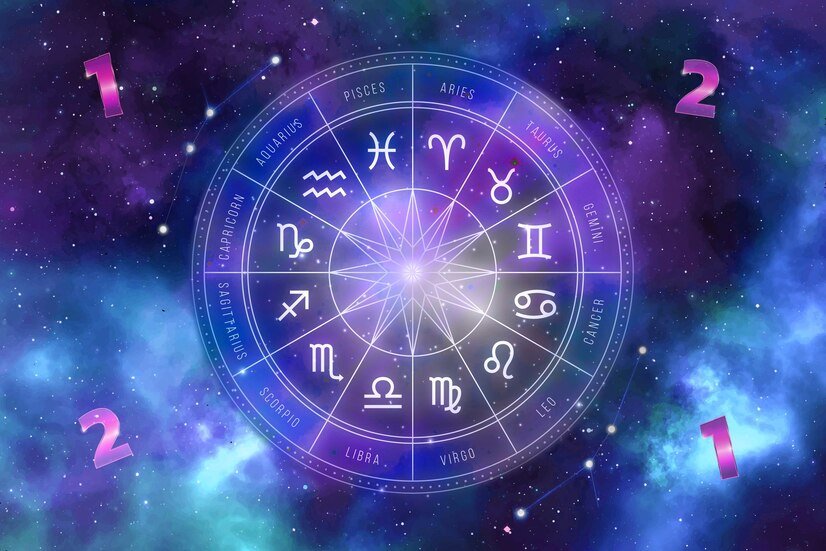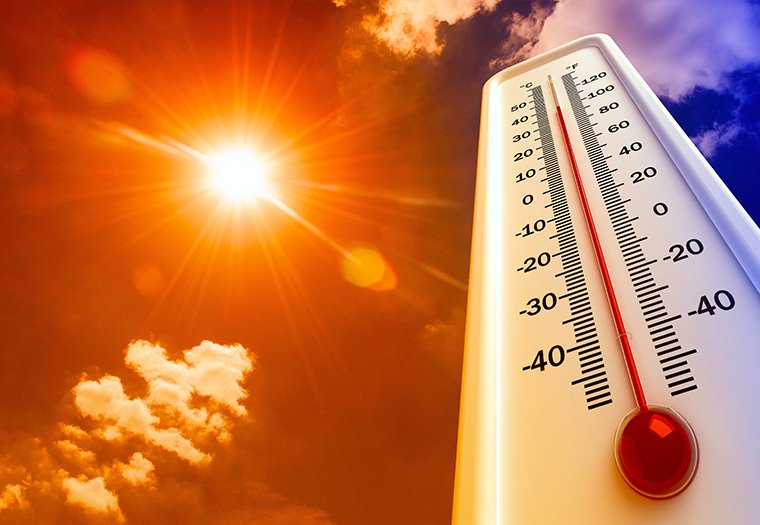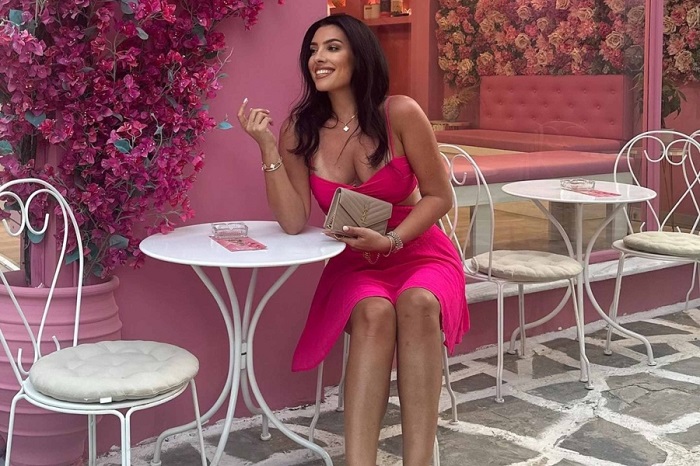Blind Tasting & Our Diverse Tasting Panel
Why Blind Tasting Is the Wine Enthusiast Standard All reviews of wines, spirits and RTDs are tasted blind. Reviewers cannot see the labels of the bottles they are reviewing. Why blind tasting matters: It removes opportunities for bias and levels the playing field, ensuring all wines receive the same analysis without any preexisting expectations. How [...] Read More... The post Blind Tasting & Our Diverse Tasting Panel appeared first on Wine Enthusiast.

Why Blind Tasting Is the Wine Enthusiast Standard
All reviews of wines, spirits and RTDs are tasted blind. Reviewers cannot see the labels of the bottles they are reviewing.
Why blind tasting matters: It removes opportunities for bias and levels the playing field, ensuring all wines receive the same analysis without any preexisting expectations.
How the Wine-Tasting Process Works
Step 1: Bottles are properly rested in our cellars to assure that wines are tasted at their optimal profile.
Step 2: Before tasting begins, the wines are tested for flaws by tasting assistants.
Step 3: Tasting assistants set the table with Aria Short Stem Universal Glasses. The official glassware of the Tasting Department was recently developed in partnership with Wine Enthusiast Tasting Director Anna-Christina Cabrales.
Step 4: Bottles are placed in paper bags to ensure there is no bias. Typically, products are tasted in peer-group flights of five to eight samples. Reviewers may know general information about a flight to provide context—vintage, variety or appellation—but never the producer or retail price of any given selection.
Step 5: The wine is tasted by our panel of experts. Each reviewer on our tasting team specializes in a specific region and rates the wine based on our 100-point scale. When possible, products considered flawed or uncustomary are re-tasted. The wine bottles remain hidden until after the rating is given.
About the Scores
Ratings reflect what our editors felt about a particular product, reviewed blind in a peer group tasting of five to eight wines or spirits.
98-100
CLASSIC The pinnacle of quality
94-97
SUPERB A great achievement
90-93
EXCELLENT Highly recommended
87-89
VERY GOOD Often good value; well recommended
83-86
GOOD Suitable for everyday consumption; often good value
80-82
ACCEPTABLE Can be employed in casual, less-critical circumstances
Reviews for products that receive a rating below 80 points are not published.
Special Designations
A product’s score is only the beginning. The accompanying tasting note highlights its special characteristics, offering insights into the reasoning behind a given score. For distinguished wines and spirits, we add special designations that further highlight exceptional beverages.
Best Buy—Products that offer a high level of quality in relation to price. Wines meriting this award must score 86 points or higher. Also, they are priced at $20 or less and are designated Best Buys after meeting a benchmark of quality-to-price-to-size ratio.
Hidden Gems—This qualifier signifies a bottle that’s a fun, esoteric pour. They’re not your typical regional finds, but they should not be missed. Wines priced above $20 with a score of 87 points or higher are eligible.
Editors’ Choice—Products that offer excellent quality at a price above our Best Buy range, or a product at any price with unique qualities that merit special attention.
Cellar Selections—Products deemed highly collectible or those that benefit from aging in a temperature-controlled wine cellar to reach their potential. A Cellar Selection designation does not mean that a product must be stored to be enjoyed immediately, but that aging will enhance its qualities. A recommended cellaring period is provided to guide optimal enjoyment.
Who Will Taste My Product?
The Wine Enthusiast Tasting Panel includes diverse voices from across the drinks industry, strengthening the authority of our scores and reviews. These individuals bring not only deep knowledge of wine, spirits, RTDs and their respective regional beats, but a diversity of perspectives essential to making inroads with consumers against the backdrop of an evolving wine landscape.

Anna-Christina Cabrales
Tasting Director
France (Burgundy & Rhône Valley)

Danielle Callegari
Writer-at-Large
Tuscany & Southern Italy

Jeff Porter
Writer-at-Large
Piedmont & Northern Italy,
Slovenia, Switzerland

Jesica Vargas
Writer-at-Large
Latin America & Africa

Elaine Chukan Brown
Writer-at-Large
California (Napa) & Northeast Spain (Aragon, Castilla-La Mancha, Catalunya, La Rioja, Madrid, Navarra, País Vasco)

Tom Capo
Writer-at-Large
California (Sonoma County), Arizona, Louisiana, New Mexico, Texas

Tonya Pitts
Writer-at-Large
California (Northern California & California AVA), Arkansas, Colorado, Illinois, Kansas, Missouri, Nebraska, Nevada, Oklahoma, Utah

Matt Kettmann
Writer-at-Large
California (Central Coast & Southern California)

Michael Alberty
Writer-at-Large
Oregon, Washington, Alaska, North & South Dakota, Hawaii, Idaho, Iowa, Minnesota, Montana, Wisconsin, Wyoming & Canada

Christina Pickard
Writer-at-Large
Australia, England, New Zealand, New York

Roger Voss
Writer-at-Large
France (Bordeaux, Champagne, Jura/Savoie, Southwest France) & Portugal

Reggie Solomon
Writer-at-Large
France (Beaujolais, Loire Valley, Languedoc-Roussillon), Southern Coastal Spain (Andalucia, Murcia, Valencia), Bosnia and Herzegovina, Bulgaria, Israel, Macedonia, Montenegro & Asia

Aleks Zecevic
Writer-at-Large
Austria, Germany, France (Alsace, Vin de France), Armenia, Czech Republic, Moldova, Serbia, Slovakia, Turkey

Brandon Borcomon
Writer-at-Large
Northwest Spain (Castilla y Leon, Extremadura, Galicia)

Cheron Cowan
Writer-at-Large
US States from Michigan, Indiana, Kentucky, Tennessee, Mississippi to the East Coast (excluding New York)

Kara Newman
Writer-at-Large
Spirits & Ready-to-Drink

Emily Saladino
Writer-at-Large
Croatia, Georgia, Greece, Hungary, Lebanon

Cody Wexler
Tasting Manager
France (Provence)
The post Blind Tasting & Our Diverse Tasting Panel appeared first on Wine Enthusiast.
Koja je vaša reakcija?


























